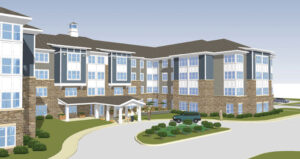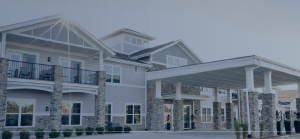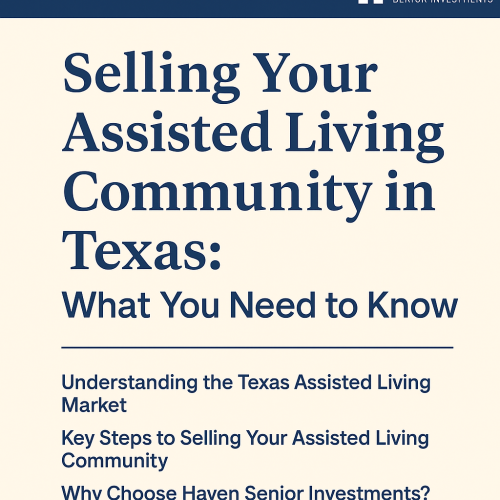A majority of experts in the senior living industry foresee shifts in the kind of housing opportunities the sector presents in the year ahead, as well as increases in capitalization rates caused by the threat of rising interest rates.
Seniors themselves can expect higher rents, especially in the assisted living category.
These predictions come from a chosen group of industry veterans representing a variety of interests who participated in CBRE’s 2023 U.S. Seniors Housing & Care Investor Survey. And while two previous surveys focused on the effects of Covid, this year’s version concentrated on the impact of inflation and rising interest rates.
The average seniors’ housing cap rate rose by 26 bps year over year, while the average skilled nursing cap rate fell by 34 bps. “Survey respondents view assets with the lowest cap rates as those most negatively impacted by rising interest rates,” the report commented.
There was also a decrease in the cap rate spreads between Class A and Class C assets, especially for skilled nursing facilities. The decline was due to the higher cost of debt on the lowest yielding asset classes. Cap rates for Class C assets fell significantly across all acuity levels except memory care, the report noted. Half the survey participants expect cap rates to increase in 2023, compared with 27% in 2022.
“A majority of respondents cited higher borrowing costs and a constrained lending environment as the most significant threats to the seniors housing industry over the next 12 months,” the report stated. Difficulty in maintaining adequate staffing levels was seen as another significant headwind.
The biggest opportunity for 2023 is the Active Adult segment, according to 37% of participants – up from 34% in 2022. There was a 3% increase to 29% in those backing Assisted Living. But the number expecting good things for independent living slumped from 23% to 13%, while interest in memory care fell 5% from 10%.
The outlook for renters is not good. More than 75% of respondents expect rents to rise 3% or more in the coming year across all classes except skilled nursing. None expected rents to fall. Just over 28% reported underwriting rent growth above 7% for assisted living – almost double the 15% share in 2022.






